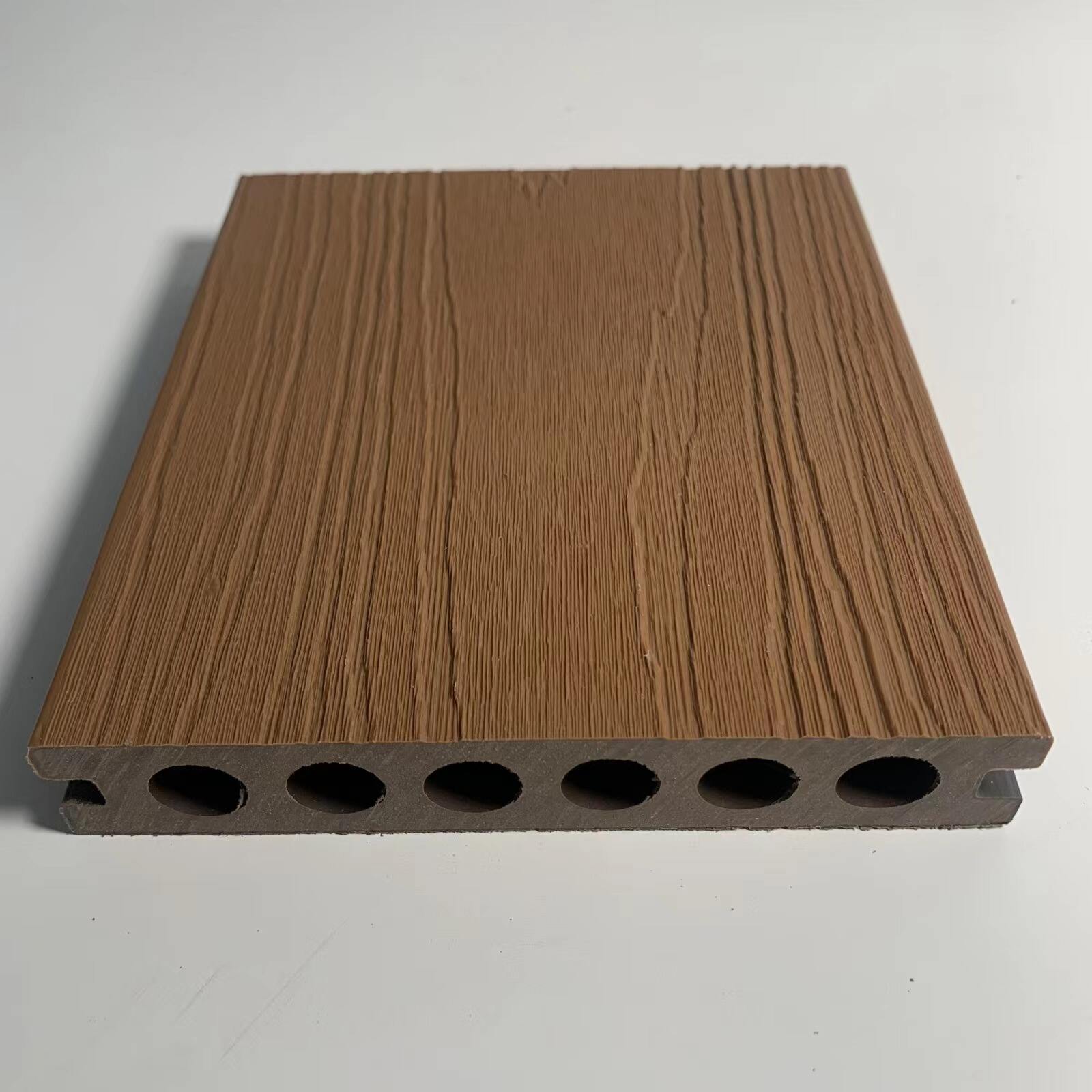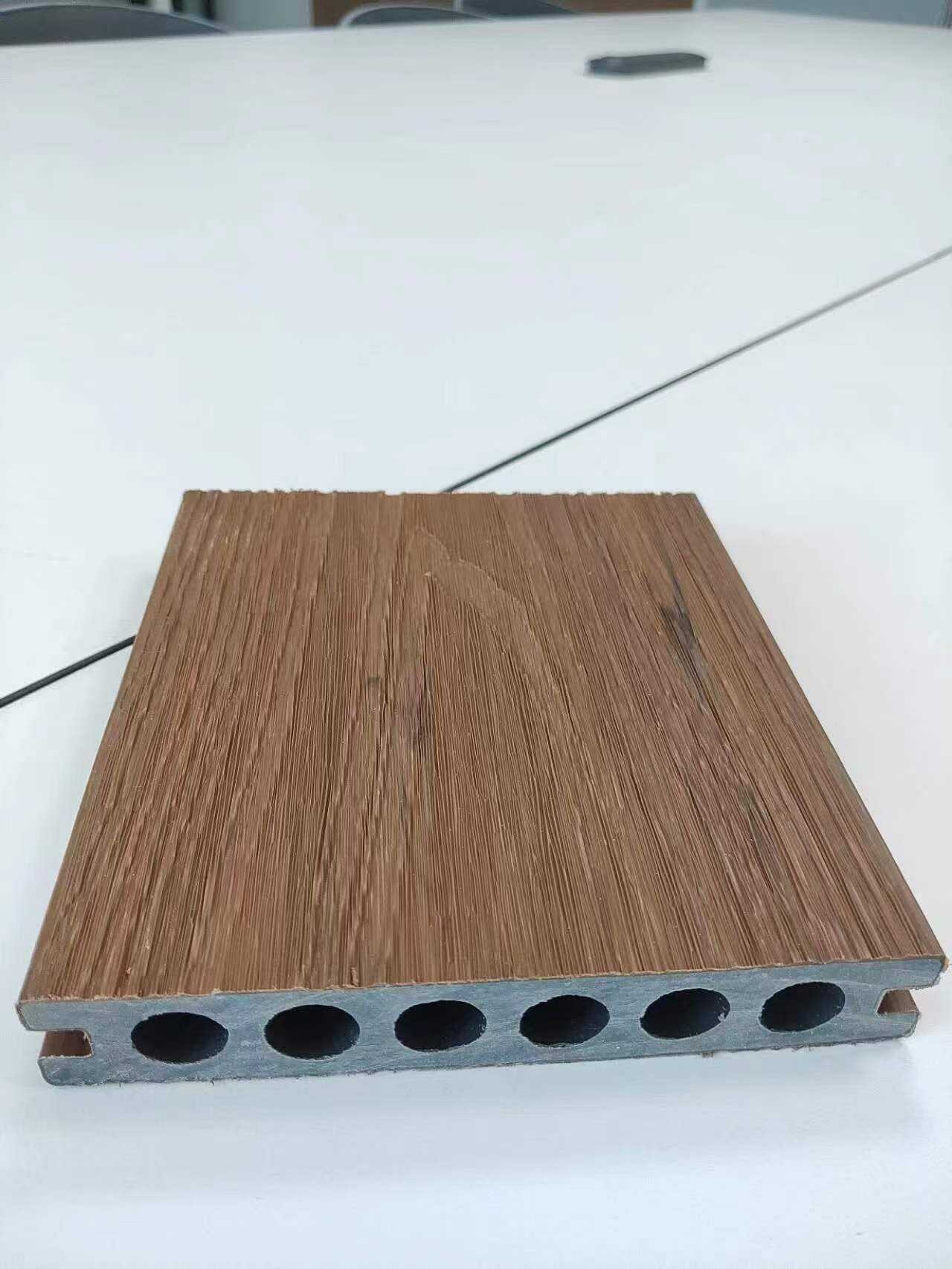The pricing of WPC (Wood Plastic Composite) deck flooring is a multifaceted consideration influenced by a range of factors that balance material quality, performance features, and market dynamics, making it essential for buyers to understand the variables that shape cost. Generally, WPC decking falls between the price points of pressure treated wood (lower) and premium hardwoods like teak or ipe (higher), positioning it as a mid to high range option that offers long term value despite a higher initial investment. Material composition is a primary price determinant. WPC decking is crafted from wood fibers and thermoplastics, but the ratio of these components, as well as the quality of raw materials, impacts cost. Products with a higher proportion of high density polyethylene (HDPE) or recycled plastics tend to be more expensive due to their enhanced durability and moisture resistance, while those with more wood fibers may be priced lower but may offer slightly less weather resistance. Additionally, the inclusion of additives—such as UV stabilizers, fire retardants, and color pigments—can increase costs, as these enhance performance and longevity. Manufacturing processes also play a role. Extruded WPC decking, which involves melting and shaping the composite material, is generally more affordable than co extruded options, where a protective polymer layer is added to the surface for extra durability. Co extruded products, while pricier, offer superior scratch and fade resistance, justifying the higher cost for high traffic or high exposure areas. The complexity of the design—such as embossed wood grain patterns, unique textures, or custom colors—can also raise prices, as these require more advanced production techniques. Market and logistical factors contribute to pricing variations. Bulk purchasing typically reduces per unit costs, with wholesale prices offering significant savings for large projects like commercial developments or multi family housing. Geographic location affects shipping costs, with prices often higher in regions far from manufacturing hubs. Brand reputation and certification (such as FSC for recycled content or ASTM for performance) can also influence pricing, as established brands with proven quality and compliance with international standards often command a premium. Long term cost considerations further justify WPC’s price point. While initial costs may be 20 50% higher than pressure treated wood, WPC decking’s low maintenance requirements—eliminating the need for annual staining, sealing, or replacement due to rot—result in lower lifecycle costs. A typical WPC deck can last 20 30 years with minimal upkeep, compared to 10 15 years for wood, making it a cost effective choice over time. For buyers, balancing upfront investment with durability, performance, and maintenance savings is key to understanding the true value of WPC deck flooring prices.



Copyright © 2025 by Shandong Falading New Decoration Material Co., Ltd. | Privacy policy